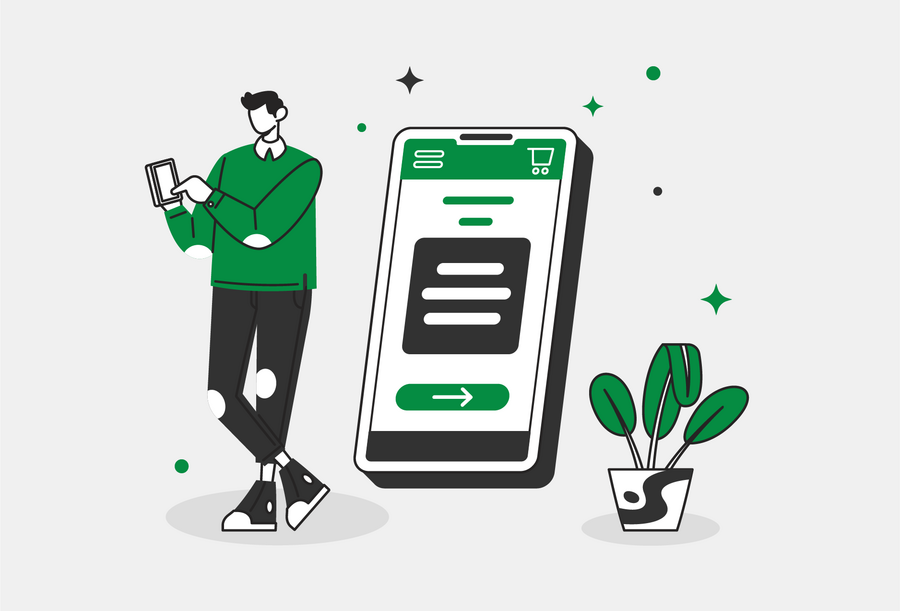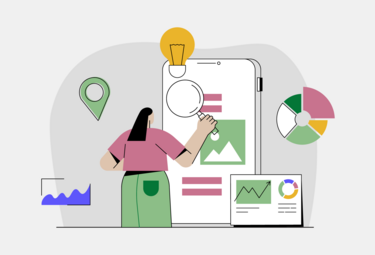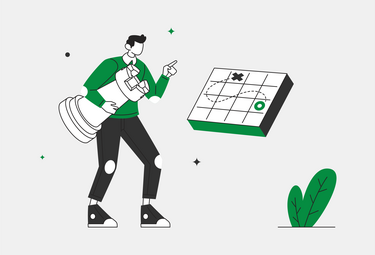Designing a website from the visual side is a complex process which is not only limited to creating an attractive layout. In order to achieve the purpose of the site, the viewer's journey must be properly planned. A call to action (CTA) is a simple tool which helps to increase conversions by getting the user's attention and persuading them to do an expected action.
Developing an effective CTA admittedly requires knowledge of the basics of user experience, but it is not too difficult. It's certainly worth keeping in mind, because a clear indication to the user of what exactly he or she should do increases the chance that that person will stay longer on the site and, moreover, perform the intended action.
What is a call to action?
A call to action is actually any element that encourages users to immediately perform a certain action, such as completing purchase or sharing content. Usually it is a virtual button or short slogan with an embedded link to a product page, contact form or some other landing page. It can have a graphic, text or mixed format.
The purpose of a CTA can be basically any activity you want to convince the customer to do, i.e. place an order, read an article, go to a website, sign up for a newsletter, leave their personal information, etc. Here are some of the most popular phrases usually used in call to action elements: "learn more", "check out the offer" or "subscribe".
Types of call to action
There are many types of call-to-actions that can be used in different situations. Here are several examples in different scenarios:
- Selling - they start the sales process of a product or service, initiate a trial period or allow you to make a reservation.
- Generating leads - they prompt recipients to contact the company. Typically they have the form of a button triggering a phone call (on a mobile device) or opening an email to send a message.
- Generating traffic to the site - they usually appear in text form, for example, at the end of a social media posts. They encourage users to learn more, meaning visit the company's website and read the product information or read the whole article on the company's blog.
- Used to obtain data - they invite users to sign up for a newsletter, often in exchange for some benefit (such as discount code) or redirect them to a contact form, allowing them to arrange a call with a company representative.
- Social buttons - these are CTAs which encourage people to share content on social media, such as Facebook or Twitter.
Characteristics of an effective call to action
In order for a call-to-action to perform as expected, first and foremost, it must be noticeable immediately after entering a website, opening an email or clicking on a link. The content of the call should contain short, original and catchy phrases, addressed directly to the recipient. As for graphics design, color contrast is a very important thing, so that the CTA can be easily distinguished from other elements of the site. In addition to this, it is worth remembering a few other points:
- Outlining the benefits - in order to effectively encourage users to interact, it is good to ensure that they know the benefits of clicking on the CTA.
- Precision - use clear and specific wording, such as "Click to learn more about the offer."
- Direct phrases - a personalized, individualized message inspires more trust than bulk messages sent to all target groups at once.
- Magical words - there are certain keywords that are worth using when creating call-to-action content, because from a psychological point of view they significantly affect the attention of the audience. For instance "free", "right now" or "only today".
- Proper placement - always make sure that the button, graphic or text is clearly visible at first glance on the website.
- Optimization and testing different forms - it is recommended to continuously monitor the results that the CTA generates to make sure that it does its job. From time to time, it is also worth giving a try to other types and verifying their effectiveness, for example, by A/B testing several creations.
- Designing for mobile devices - nowadays more people access the Internet via mobile devices than computers, so adapting the call-to-action to smartphone and tablet screens is essential. In this case, you need to pay attention whether the button is easily "clickable" with the thumb, or whether the landing page correctly adapts to different resolutions.
Cleverly composed and strategically placed CTAs are an essential element not only of the website itself, but also of advertising messages or posts shared on social media. CTAs help create a customer's path on the site and encourage them to perform specific actions. It also allows you to guide your audience so that they stay longer in the desired place on the website. With a call-to-action, users will know exactly what to do, which is very likely to result in better conversions.





